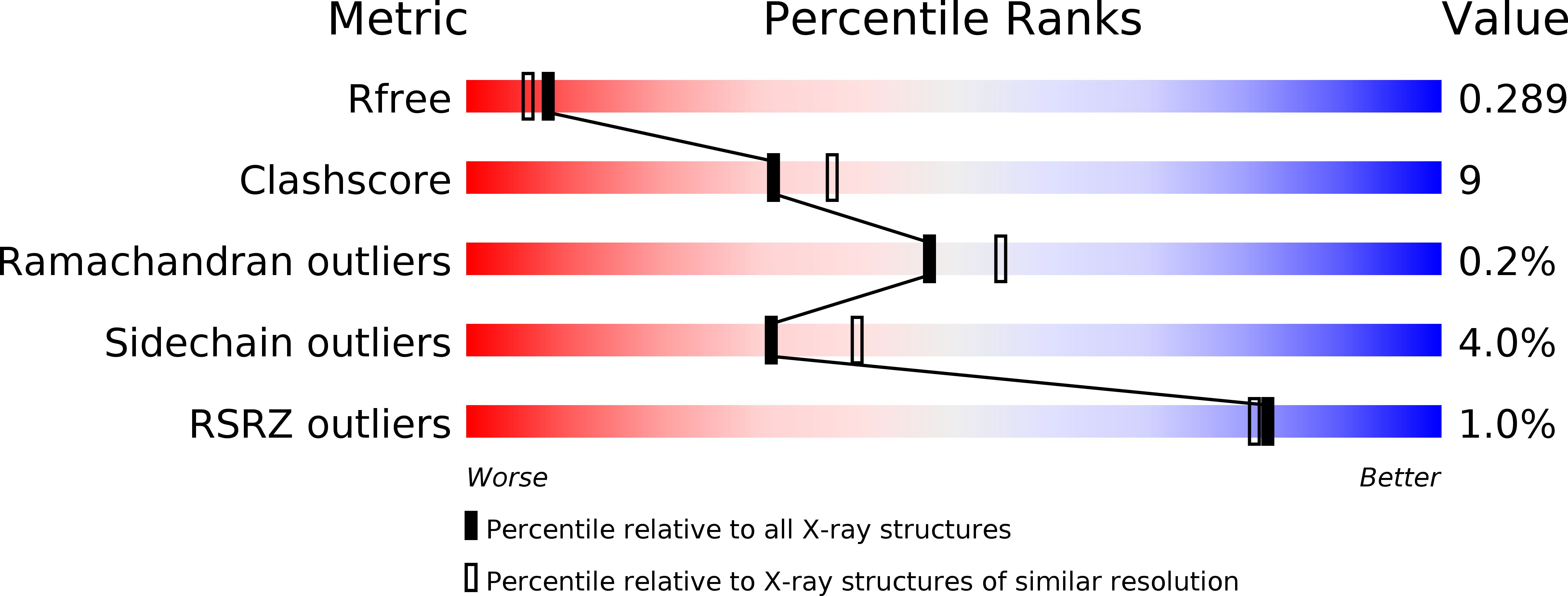
Deposition Date
2014-03-22
Release Date
2014-04-16
Last Version Date
2023-12-20
Entry Detail
PDB ID:
4CV0
Keywords:
Title:
Crystal structure of S. aureus FabI in complex with NADPH and CG400549 (small unit cell)
Biological Source:
Source Organism:
STAPHYLOCOCCUS AUREUS (Taxon ID: 1280)
Host Organism:
Method Details:
Experimental Method:
Resolution:
2.20 Å
R-Value Free:
0.27
R-Value Work:
0.20
R-Value Observed:
0.20
Space Group:
P 21 21 21


